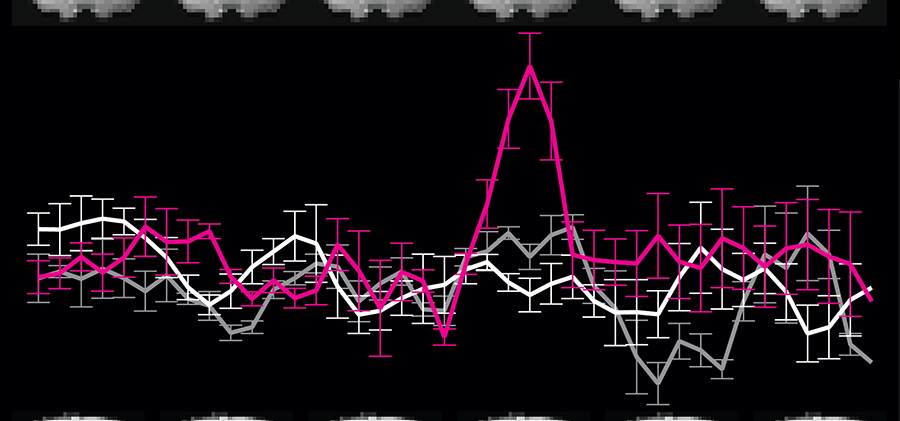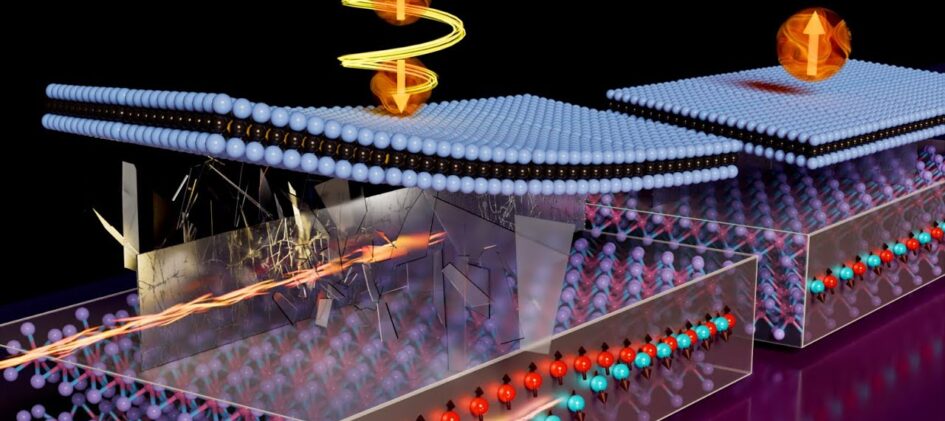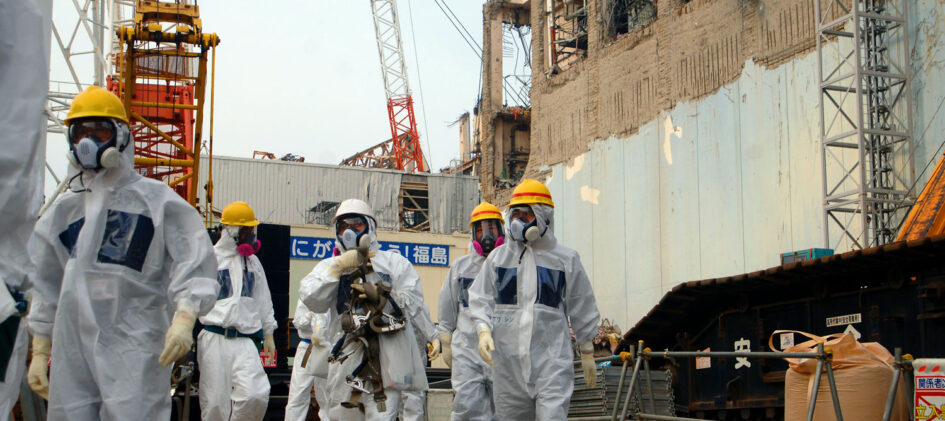In the halls of MIT, a distinctive thread of compassion weaves through the fabric of education. As students adjust to a postpandemic normal, many professors have played a pivotal role by helping them navigate the realities of hybrid learning and a rapidly changing postgraduation landscape. The Committed to Caring (C2C) program at MIT is a […]
Read More








